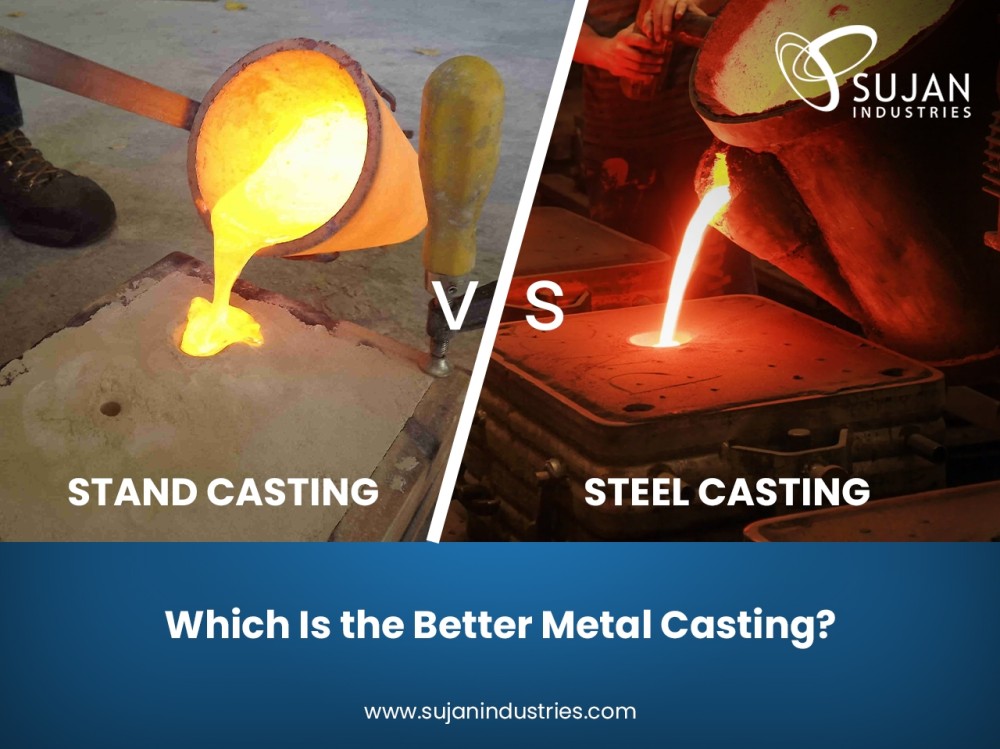
If you’re looking for the best metal casting for your next machine assembly, there are two good options: steel castings and sand castings. Both offer unique features and benefits, along with some disadvantages.
And choosing the right one can be the difference between efficiency and losses. To help you out, here’s a comparison between steel casting and sand casting, including what they are, their advantages, and their disadvantages.
Also called die casting, the forging process includes liquid and molten, which is injected into a pre-prepared die at high pressure. The die in question refers to a steel mold forged in the desired dimensions, shapes, and sizes of your requirement.
Once the metal is poured into the die, you wait for the it to solidify before it’s removed from the mold.
When it cools down, the gating material is taken out, and your steel casting is ready. These are usually made in a foundry, which is equipped with state-of-the-art machinery and processes suited to forging precise metal casting.
The second option are sand castings, which, too, includes forging of metal metal. However, it’s the mold that differs.
Where steel casting uses steel molds or dies, sand castings use molds created out of plastic or wood, which are known as matchplates. These matchplates are filled with sand and stored into the casting enclosure.
Once the sand settles densely, the matchplate is removed and the cavity left behind is filled with molten metal. And unlike steel casting process, this one doesn’t require high pressure.
Like steel castings, sand castings are forged in a steel foundry, which are equipped with the latest casting technology, tools, and processes that ensure high efficiency and throughput for industrial applications. We at Sujan Industries house such a foundry, where all of the castings and magic takes place. Visit our website to learn more.
Both of these casting types have many points of difference. But the most significant of differences is the type of mold used. While steel casting uses a metal mold, sand castings use mold made out of sand and plastic. Here are some of the benefits of both these processes:
Both types of metal casting are widely used across diverse industry verticals, with each type driving a different set of production goals. For precise and complex shapes, a requirement which is generally serviced by healthcare and medical device manufacturing, steel casting would be the ideal choice. Also, if you have high volume requirements, stick with steel casting as turnaround times are quicker for the processes.
On the other hand, the sand casting products will be ideal if you’re on a strict budget and need larger pieces and parts, for instance, in case of furniture manufacturing.
Whatever your casting requirements are, get the best products at Sujan Industries, one of the best stainless steel casting manufacturers in India.
So, there it is. A comprehensive review and comparison of the two most popular types of casting – steel castings and sand castings. Without these essential metal casting products, meeting the modern industrial needs would have been impossible.
And for the most durable castings, Sujan Industries can be your trusted partner. Our expertise in the field makes the the best provider for your industrial needs.
Head over to our website to learn more about our castings solutions. Or, connect directly with us and get a more personalised tour into our world of casting manufacturing.